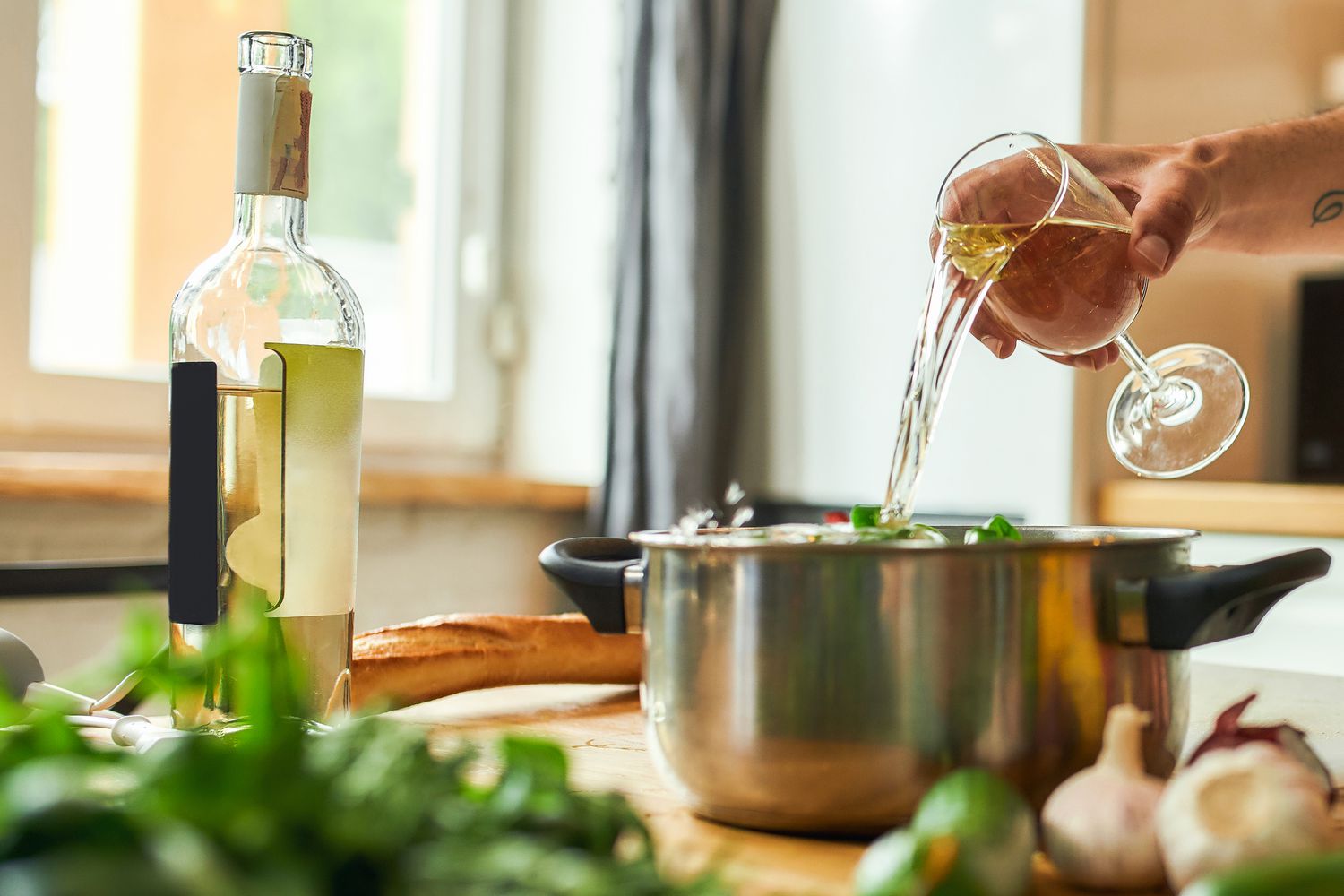

Articles
How To Store Cooking Wine
Modified: January 6, 2024
Discover the best way to store cooking wine with our informative articles. Learn the proper methods to preserve the flavor and freshness of your favorite wine.
(Many of the links in this article redirect to a specific reviewed product. Your purchase of these products through affiliate links helps to generate commission for Storables.com, at no extra cost. Learn more)
Introduction
When it comes to cooking, wine can be a valuable ingredient that adds depth and flavor to dishes. However, using wine for cooking often leads to having leftovers, which raises the question of how to store cooking wine properly. Storing cooking wine correctly is essential to maintain its quality and ensure that it can be used in future recipes without any issues.
In this article, we will explore the importance of storing cooking wine and provide you with valuable tips on how to do it effectively. Whether you have opened a bottle of wine specifically for a recipe or have leftover wine from a dinner party, proper storage is crucial for preserving its taste and aroma.
By understanding the fundamentals of storing cooking wine, you can ensure that you always have a fresh supply to enhance your culinary creations. Let’s delve into the details and discover the best ways to store cooking wine.
Key Takeaways:
- Properly storing cooking wine is crucial to maintain its quality, flavor, and safety for future use. Choosing the right storage container and following simple tips can ensure a fresh and flavorful supply for your culinary creations.
- Whether in the pantry, refrigerator, or freezer, the right storage method for cooking wine is essential. Proper sealing, labeling, and maintenance tips can help preserve the wine’s quality and elevate the taste of your dishes.
Read more: How To Store Wine In Wine Fridge
Why Storing Cooking Wine is Necessary
Storing cooking wine properly is important for several reasons. Firstly, it helps to maintain the quality and taste of the wine. Exposure to air can quickly deteriorate the flavors and aromas of wine, resulting in a less pleasant cooking experience.
Secondly, properly stored cooking wine allows you to use it in future recipes without any concerns about its freshness or safety. By following the right storage methods, you can extend the shelf life of your cooking wine, ensuring that it remains a valuable ingredient in your kitchen.
Additionally, storing cooking wine ensures that it remains free from contaminants. Wine that is stored improperly, particularly in a container with a faulty seal, can easily be exposed to bacteria or other harmful substances. This can not only impact the taste of the wine but also pose health risks.
Furthermore, storing cooking wine in a well-organized manner allows you to easily identify and access the wine when you need it. Proper labeling and storage techniques save you time and effort, as you won’t have to hunt through your pantry or refrigerator when you’re in the middle of cooking.
Overall, storing cooking wine is necessary to preserve its quality, maintain safety, and ensure its availability whenever you require it for a recipe. Now that we understand the importance of properly storing cooking wine, let’s move on to the next step: choosing the right storage container.
Choosing the Right Storage Container
When it comes to storing cooking wine, selecting the appropriate storage container is crucial for maintaining its quality and extending its shelf life. Here are a few factors to consider when choosing the right storage container for your cooking wine:
- Materia: Choose a container made of glass or food-grade stainless steel. These materials are non-reactive and do not interfere with the flavors of the wine.
- Size: Opt for a container that matches the amount of cooking wine you typically have leftover. A smaller container is preferable to minimize air exposure.
- Seal: Ensure that the container has an airtight seal to prevent oxygen from entering and spoiling the wine. Look for containers with rubber gaskets or screw-top lids.
- Transparency: If possible, choose a container that is opaque or tinted to protect the wine from exposure to light. Light can degrade the quality of the wine over time.
There are various storage containers specifically designed for storing wine, such as wine stoppers, wine vacuum sealers, or wine preservers. These tools can help maintain the freshness of the wine and prolong its shelf life. It is always a good idea to invest in these tools if you frequently find yourself with leftover cooking wine.
Alternatively, you can also reuse empty wine bottles with cork stoppers or screw-top lids. Clean the bottles thoroughly before filling them with cooking wine to ensure that no contaminants are present.
Now that we have covered the factors to consider when choosing a storage container for cooking wine, let’s explore the different storage options available, starting with storing cooking wine in the pantry.
Storing Cooking Wine in the Pantry
The pantry can be a suitable place to store cooking wine, especially if you plan to use it within a few weeks. Here are some steps to follow when storing cooking wine in the pantry:
- Keep it in a cool and dark area: Choose a spot in your pantry that is away from direct sunlight and heat sources. Exposure to light and heat can accelerate the aging process of the wine and negatively affect its quality.
- Store it upright: Unlike regular wine, cooking wine doesn’t need to be stored horizontally. Storing the bottle upright prevents any potential leakage and maintains the effectiveness of the seal.
- Avoid temperature fluctuations: Fluctuations in temperature can affect the wine’s taste and aroma. Aim to keep the pantry at a consistent temperature, ideally between 50-70°F (10-21°C).
- Organize and label: Keep your cooking wine bottles organized in a designated area of the pantry. Labeling the bottles with the date of opening can help you track their freshness.
It’s important to note that cooking wine stored in the pantry should be used within a few months to ensure optimal flavor. Additionally, check the bottle periodically for any signs of spoilage, such as a changed color or off-putting smell.
If you anticipate that you won’t use the cooking wine within a few months, it’s advisable to consider alternative storage options, such as storing it in the refrigerator or freezer, which we will discuss in the following sections.
Now that you have an idea of how to store cooking wine in the pantry, let’s move on to exploring the next storage option: storing cooking wine in the refrigerator.
Storing Cooking Wine in the Refrigerator
If you have leftover cooking wine that you want to preserve for a longer period, storing it in the refrigerator is an excellent option. The cool temperature helps slow down the oxidation process and keeps the wine fresh for a more extended period. Here are some steps to follow when storing cooking wine in the refrigerator:
- Transfer to a sealed container: Pour the leftover cooking wine into a sealable glass or food-grade stainless steel container. This step helps minimize air exposure and prevents odors from seeping into the wine.
- Place it on a stable shelf: Find a stable shelf in your refrigerator where the container can sit upright. Avoid placing it on the door, as the constant opening and closing of the fridge can expose the wine to temperature fluctuations.
- Keep it away from strong odors: Cooking wine can absorb odors from other food items in the refrigerator. Store it away from pungent items like onions, garlic, or strong cheeses to preserve its original aroma.
- Maintain a consistent temperature: Set your refrigerator to a temperature of around 40°F (4°C) or slightly cooler. Avoid extremely low temperatures, as they can negatively affect the flavors of the wine.
- Use it within a few months: While storing cooking wine in the refrigerator helps extend its shelf life, it is still advisable to use it within a few months for the best flavor.
Remember to label the container with the date of storage to keep track of its freshness. It’s always a good practice to check the wine visually and smell it before using it in a recipe, even if stored in the refrigerator.
Storing cooking wine in the refrigerator is a reliable method to preserve its quality and ensure that it remains ready for future culinary endeavors. However, if you have an excess amount of cooking wine or need to store it for an extended duration, storing it in the freezer might be a better option, which we will explore next.
Store cooking wine in a cool, dark place, away from direct sunlight and heat sources. Once opened, reseal tightly and refrigerate to maintain its flavor and quality.
Read more: How To Store Wines
Storing Cooking Wine in the Freezer
If you have a larger quantity of cooking wine that you want to store for an extended period, the freezer can be a viable option. Freezing cooking wine is a great way to preserve its freshness for months. Here’s how you can store cooking wine in the freezer:
- Choose a freezer-safe container: Select a container made of glass or BPA-free plastic that can withstand freezing temperatures without cracking or breaking. Ensure that the container has an airtight seal to prevent freezer burn.
- Pour the cooking wine into the container: Transfer the leftover cooking wine into the container, leaving some space at the top to allow for expansion as the liquid freezes.
- Seal and label the container: Ensure that the container is tightly sealed to prevent any air from entering. Label it with the date of freezing to keep track of its storage time.
- Place it in the freezer: Find a flat spot in your freezer where the container can sit upright without the risk of falling or getting jostled. Keep it away from the front of the freezer to avoid exposure to warm air when the freezer door is opened.
- Thaw properly before using: When you’re ready to use the frozen cooking wine, transfer it to the refrigerator and let it thaw slowly. Avoid thawing it at room temperature or using a microwave, as these methods can alter the flavor.
It’s worth noting that freezing can slightly affect the taste and texture of cooking wine. While it might not be ideal for drinking, frozen cooking wine works well in recipes that involve cooking or simmering, such as stews, sauces, or marinades.
By storing cooking wine in the freezer, you can have a supply of wine readily available whenever you need it. Just remember to use the defrosted cooking wine within a few months for the best results.
Now that you are familiar with storing cooking wine in the freezer, let’s move on to another essential aspect of proper storage: sealing and labeling the cooking wine bottles.
Properly Sealing and Labeling Cooking Wine Bottles
Sealing and labeling cooking wine bottles correctly is crucial for maintaining their quality and ensuring easy identification. Here are some tips to help you seal and label your cooking wine bottles effectively:
- Sealing the bottles: To prevent air exposure and maintain freshness, make sure the bottles are tightly sealed. Cork stoppers or screw-top lids are commonly used for sealing wine bottles effectively. Ensure that the seal is intact and not damaged to prevent any potential leakage or contamination.
- Properly label the bottles: Labeling your cooking wine bottles is essential for easy identification and tracking. Include the date of opening or storage on the label to keep track of its freshness. You can also note the type of wine or any other relevant information you find helpful.
- Use waterproof labels or markers: Since wine bottles can become damp or wet, opt for waterproof labels or use permanent markers that won’t smudge or fade when exposed to moisture. This ensures that the labels remain legible and the information easily visible.
- Store bottles in an organized manner: Keep your sealed and labeled cooking wine bottles in a dedicated area of your pantry or refrigerator. This helps maintain order and allows for easy access when you need to use the wine in a recipe. Consider using wine racks or storage solutions to keep the bottles organized and secure.
Taking the time to properly seal and label your cooking wine bottles not only helps in maintaining their quality but also adds convenience to your cooking routine. It eliminates the guesswork of which bottle to use and ensures that you are using the freshest wine possible.
Now that you have learned how to seal and label your cooking wine bottles effectively, let’s dive into some additional tips for maintaining the quality of cooking wine.
Tips for Maintaining the Quality of Cooking Wine
To ensure that your cooking wine remains fresh and flavorsome, here are some tips to help you maintain its quality:
- Store in a cool and dark place: Whether in the pantry, refrigerator, or freezer, keep cooking wine away from direct sunlight and heat sources. Exposure to light and high temperatures can degrade the flavors of the wine.
- Avoid frequent temperature fluctuations: Rapid changes in temperature can negatively impact the taste and aroma of the wine. Try to keep the storage temperature consistent, avoiding extreme variations.
- Use appropriate storage containers: Choose glass or food-grade stainless steel containers with airtight seals to minimize air exposure and prevent contamination. Properly sealing the containers helps preserve the freshness and flavors of the cooking wine.
- Limit air exposure: When pouring cooking wine from the bottle, do it swiftly to limit the amount of time it is exposed to air. Oxygen can quickly degrade the quality of the wine, leading to a loss of flavor and aroma.
- Use wine preservers: Consider investing in wine preserver tools such as vacuum pumps or inert gas sprays. These tools help remove excess air from opened wine bottles, preserving the wine’s freshness for a longer period.
- Don’t store for too long: While cooking wine can be stored for several months, it’s best to use it within a reasonable time frame. As time passes, the wine may gradually lose its flavor and efficacy, so it’s recommended to use it within a few months.
- Check for signs of spoilage: Before using cooking wine, visually inspect it for any changes in color or clarity. Smell the wine to ensure it hasn’t developed an off-putting odor. If you notice any unusual signs, it’s advisable to discard the wine.
- Buy smaller bottles: If you frequently find yourself with leftover cooking wine, consider purchasing smaller bottles. This way, you can open a fresh bottle when needed, minimizing the need for long-term storage.
By following these tips, you can maintain the quality and flavor of your cooking wine, ensuring that it elevates your dishes to their fullest potential.
As we conclude, it’s evident that proper storage and maintenance of cooking wine are vital for enhancing the taste of your culinary creations. By choosing the right storage container, whether in the pantry, refrigerator, or freezer, sealing and labeling the bottles correctly, and following these helpful tips for maintaining quality, you can always rely on fresh cooking wine for your recipes.
So, the next time you open a bottle of cooking wine, remember these guidelines to ensure that you enjoy every drop of flavor it brings to your meals.
Conclusion
Properly storing cooking wine is essential for maintaining its quality and ensuring its availability for future culinary ventures. By following the right storage methods, you can prolong the shelf life of your cooking wine and preserve its flavors and aromas.
Choosing the right storage container, whether it’s a glass bottle with a tight seal or a freezer-safe container, is the first step towards preserving your cooking wine. Keeping it in a cool, dark place helps to prevent degradation due to light and heat exposure.
Storing cooking wine in the pantry is suitable for short-term storage, while the refrigerator is ideal for longer preservation. Freezing cooking wine can extend its shelf life for several months, but remember to thaw it properly before use.
Sealing and labeling your cooking wine bottles accurately allows for easy identification and tracking of freshness. Organizing and storing them in a dedicated area of your pantry or refrigerator ensures they are easily accessible when needed.
Additionally, by following some simple tips, such as limiting air exposure, avoiding frequent temperature fluctuations, and using wine preservers, you can further maintain the quality of your cooking wine. Checking for any signs of spoilage and using smaller bottles when needed can also contribute to a better culinary experience.
With these guidelines in mind, you can confidently store and use your cooking wine, enhancing the flavors of your recipes and creating impressive dishes.
So, the next time you find yourself with leftover cooking wine, remember the importance of proper storage and apply the techniques outlined in this article. Your delicious culinary creations will thank you for it!
Frequently Asked Questions about How To Store Cooking Wine
Was this page helpful?
At Storables.com, we guarantee accurate and reliable information. Our content, validated by Expert Board Contributors, is crafted following stringent Editorial Policies. We're committed to providing you with well-researched, expert-backed insights for all your informational needs.
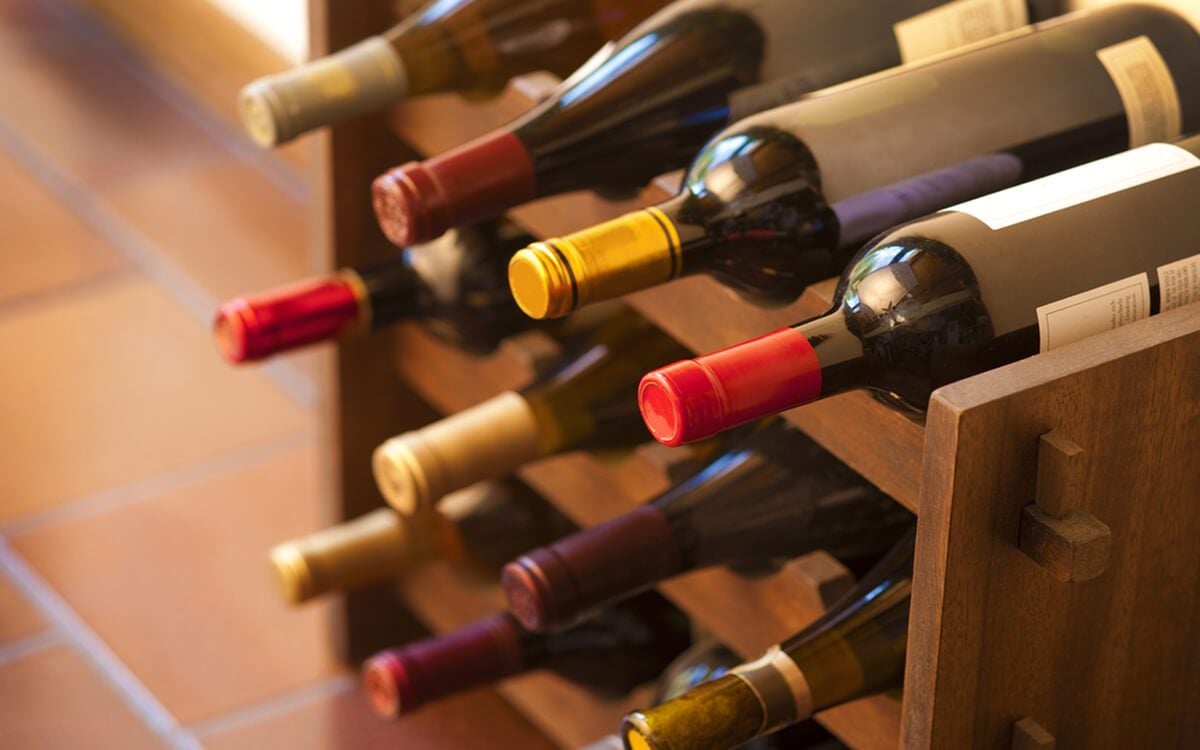
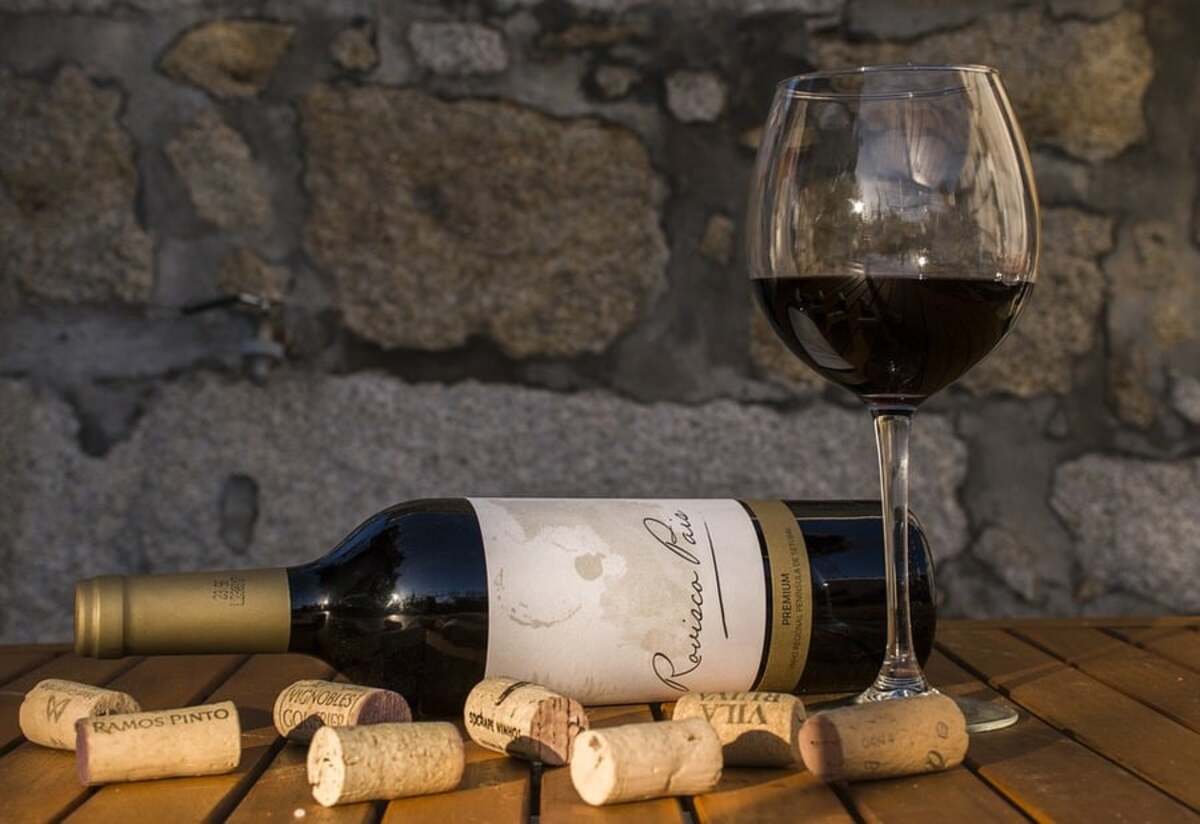
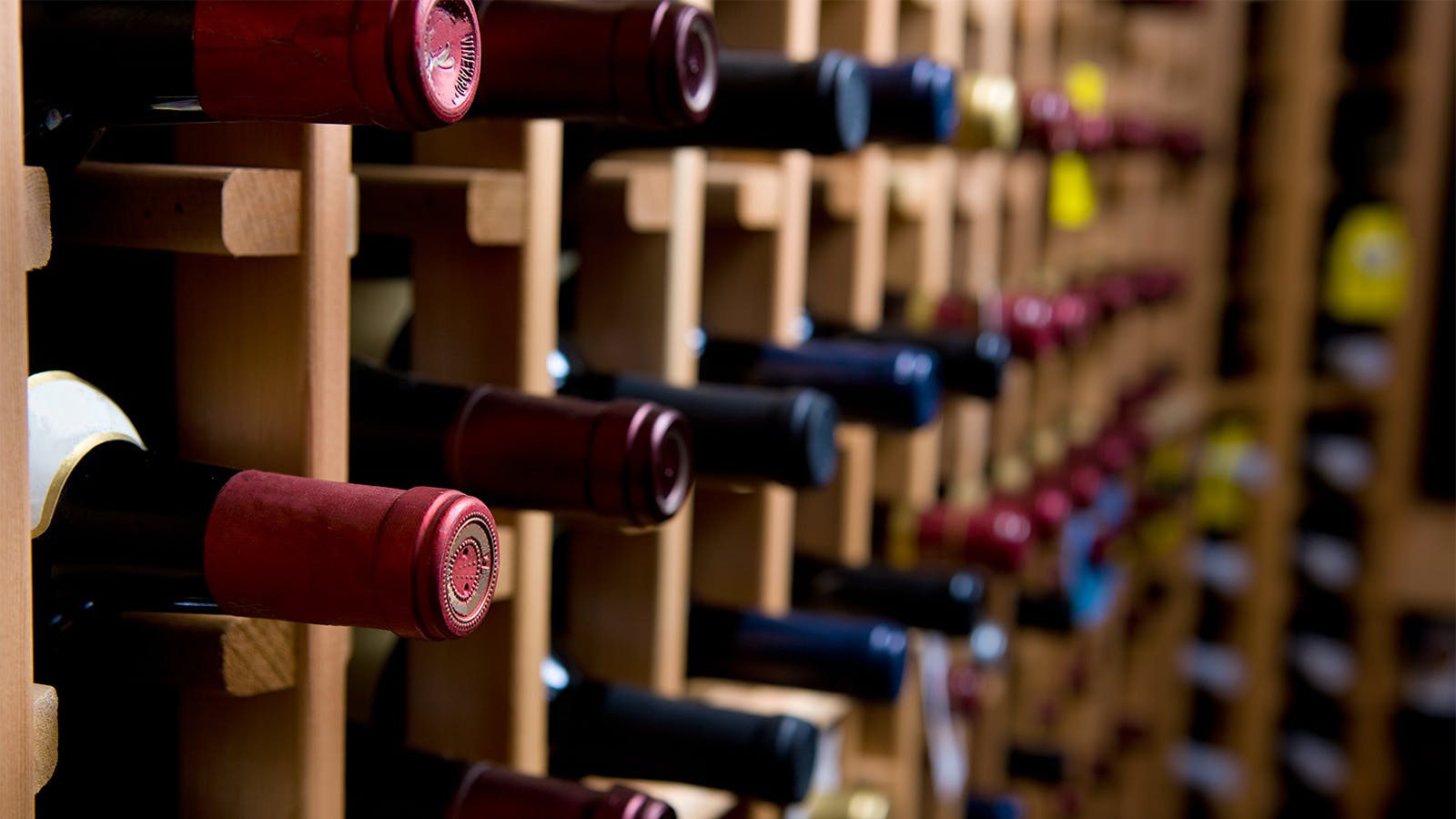
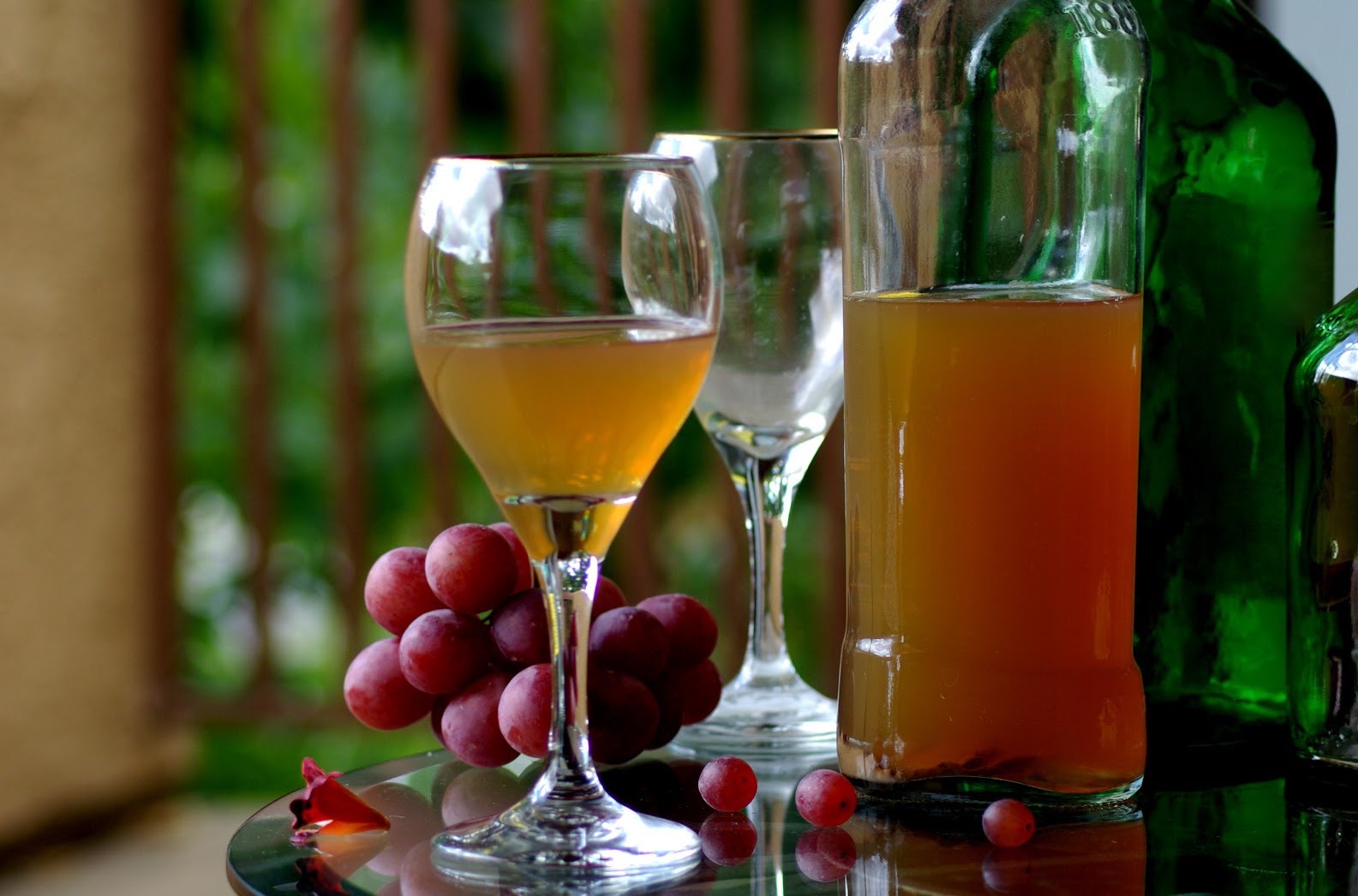

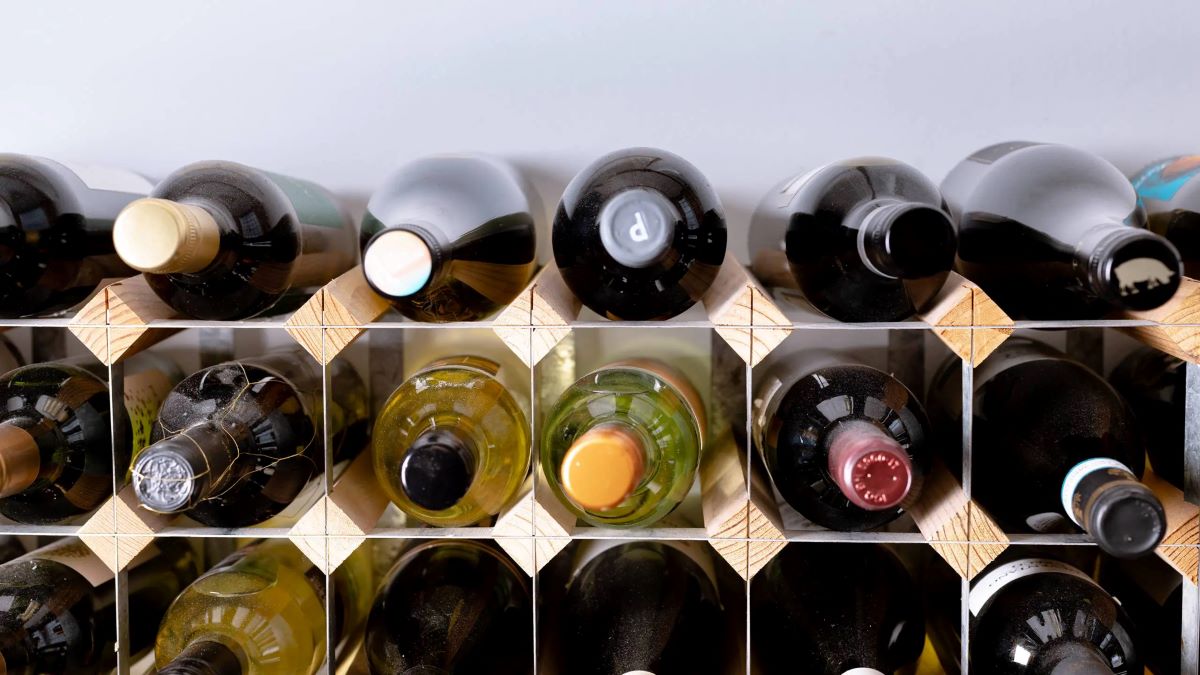
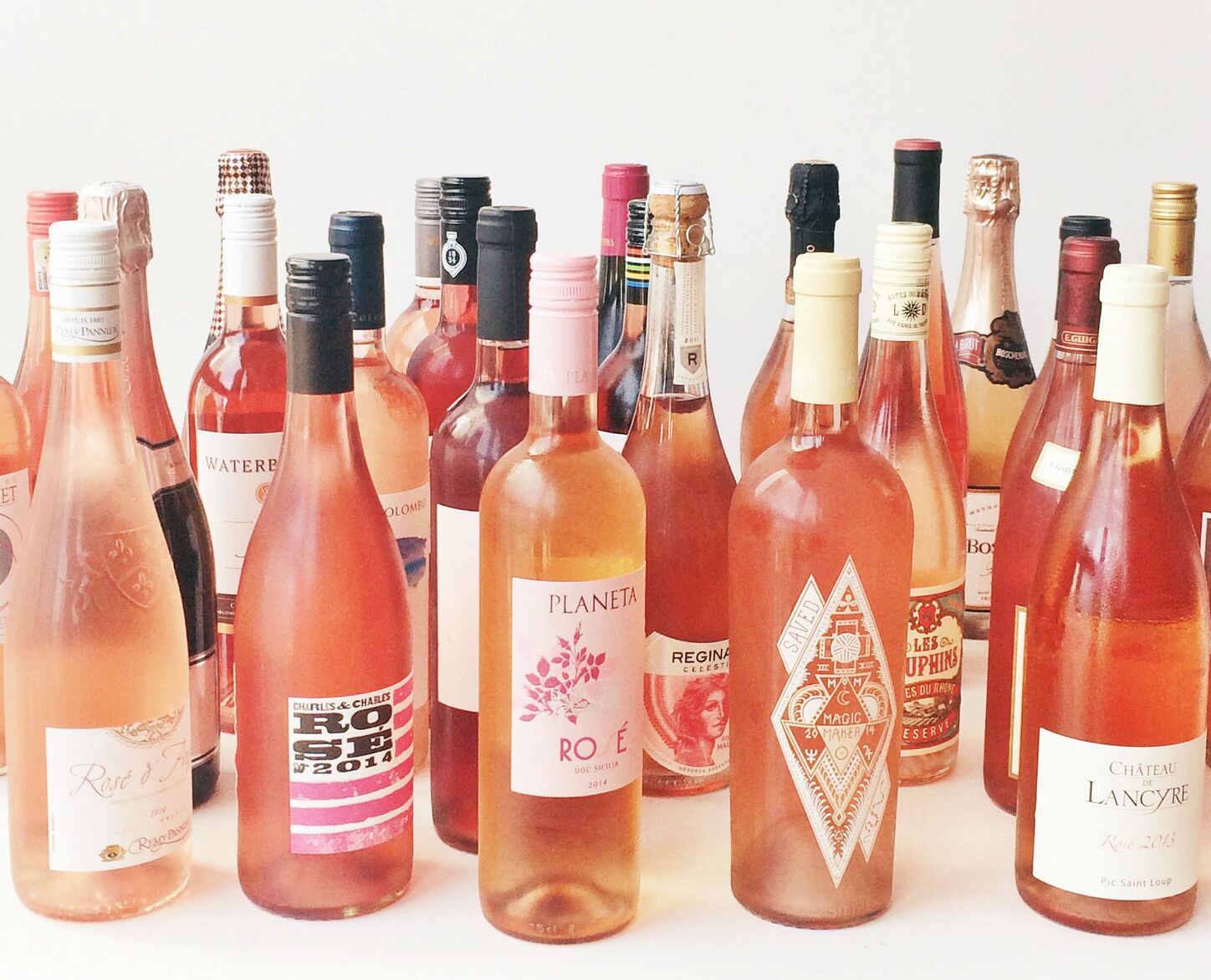
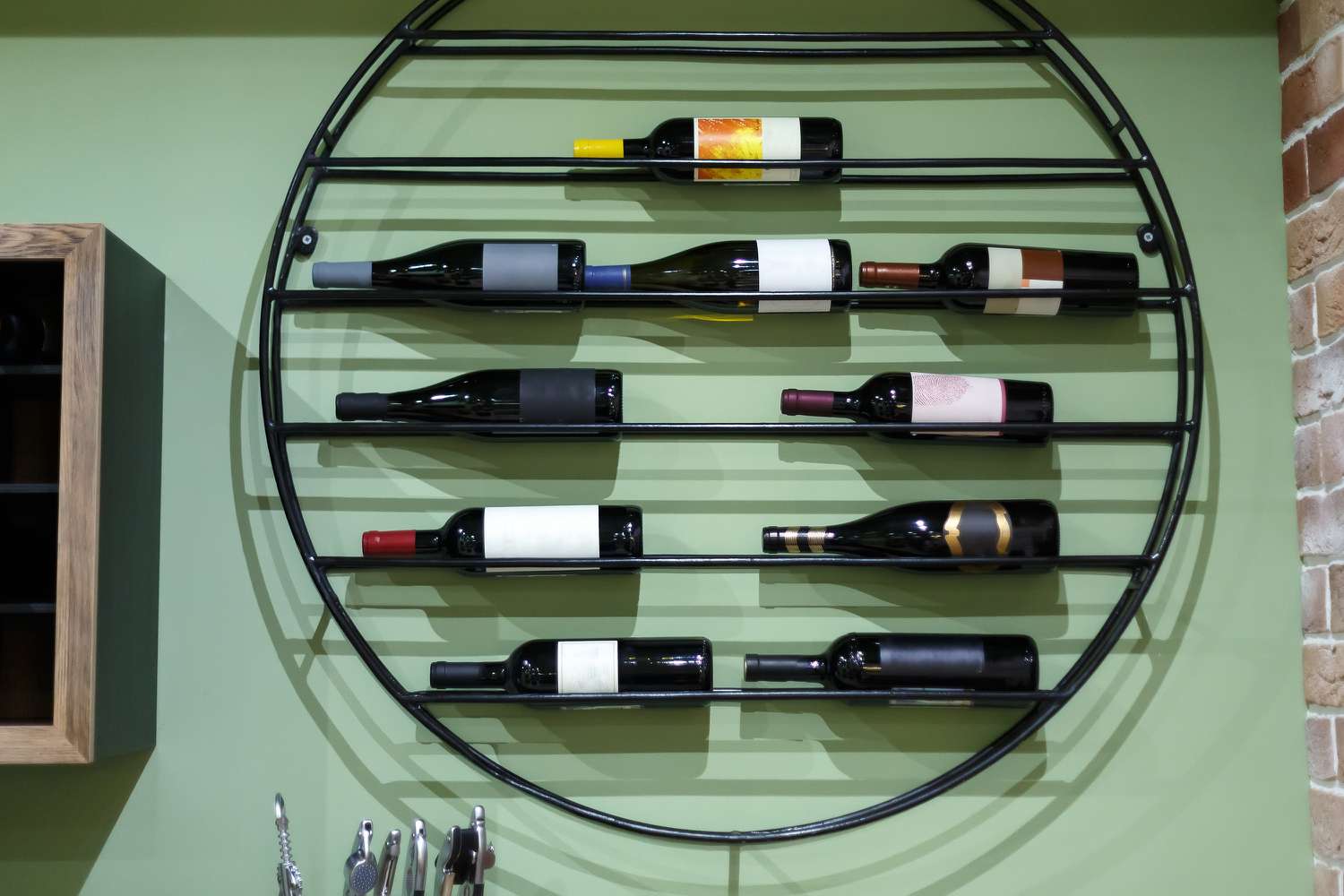
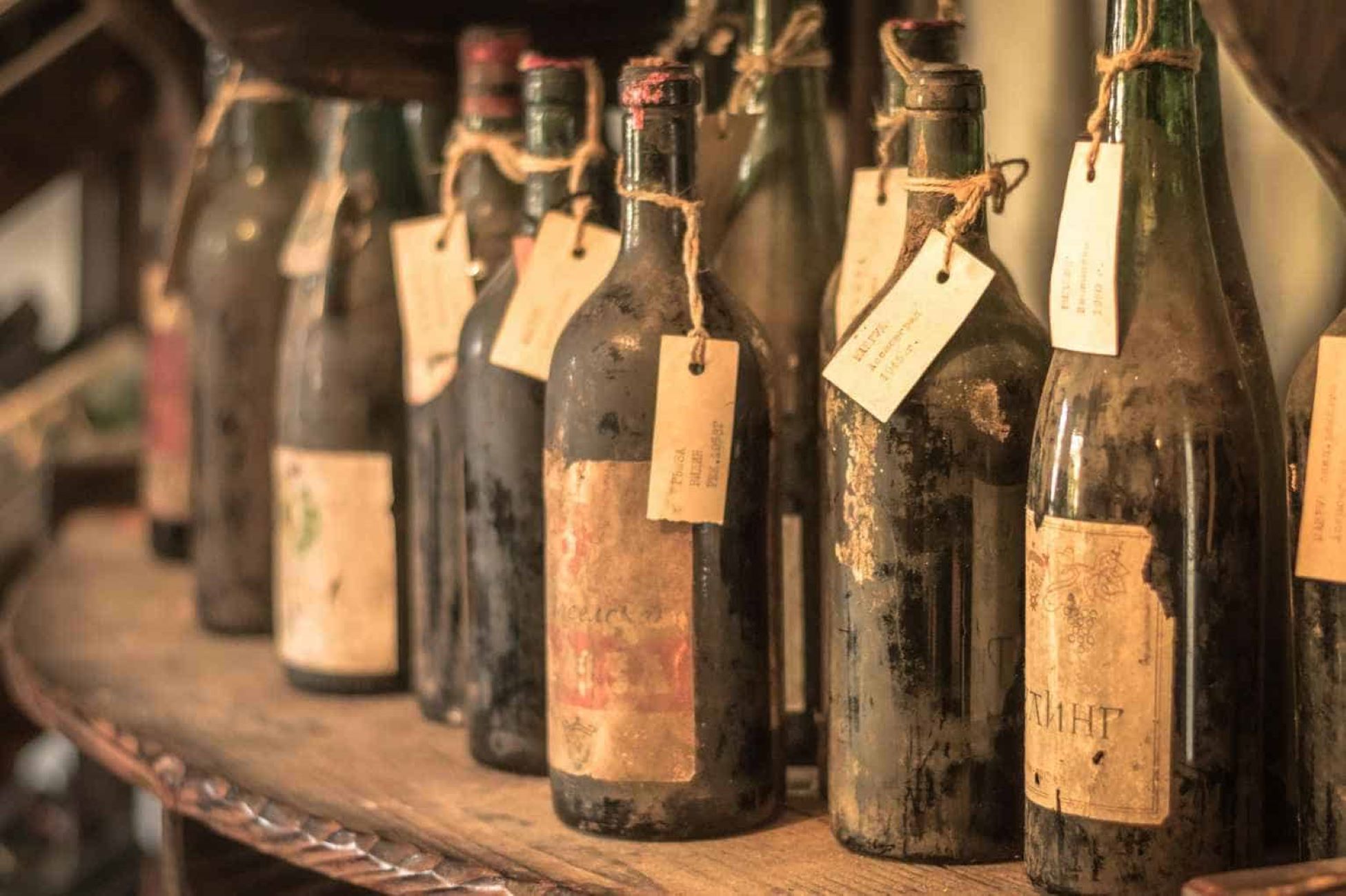
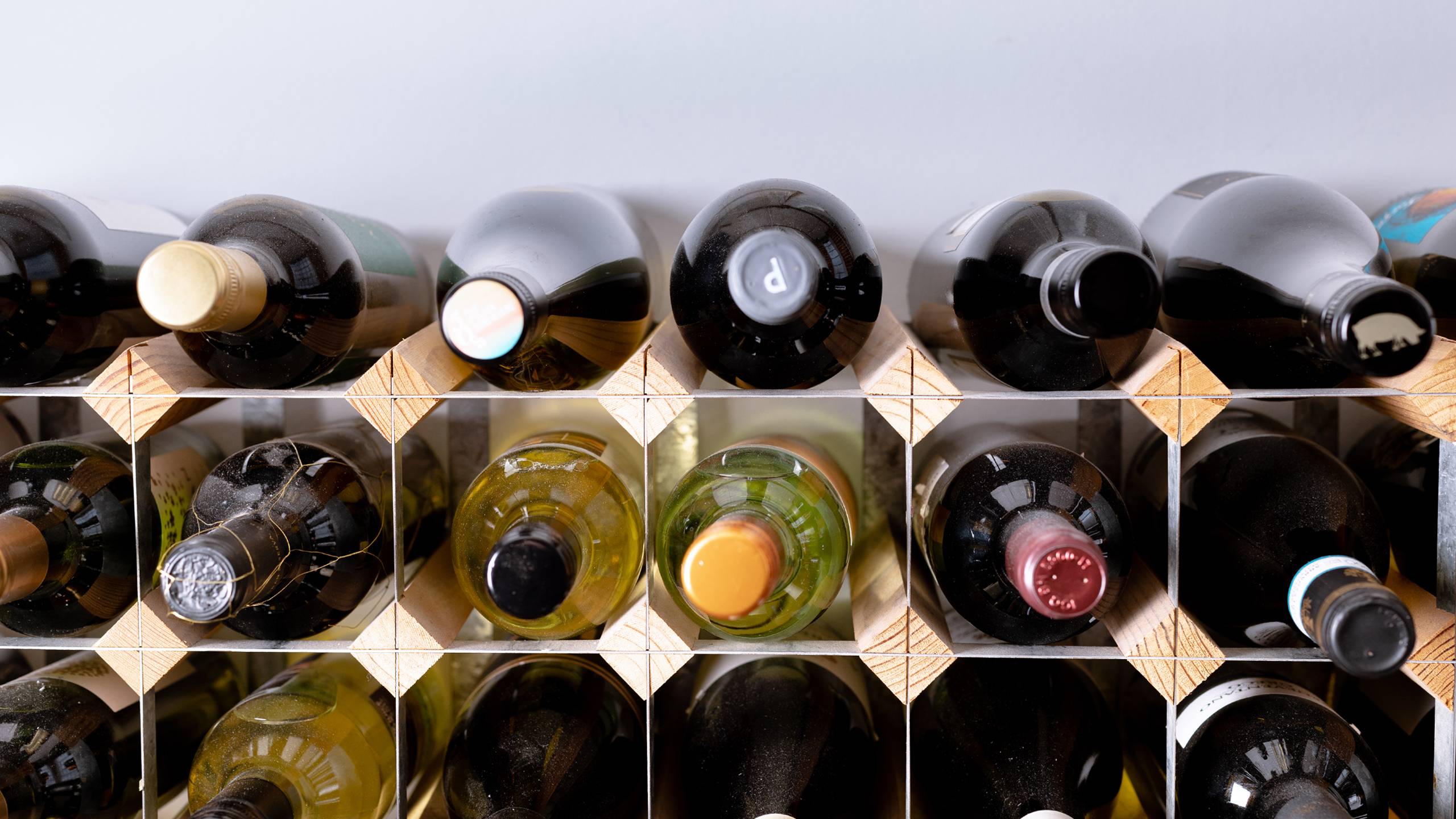
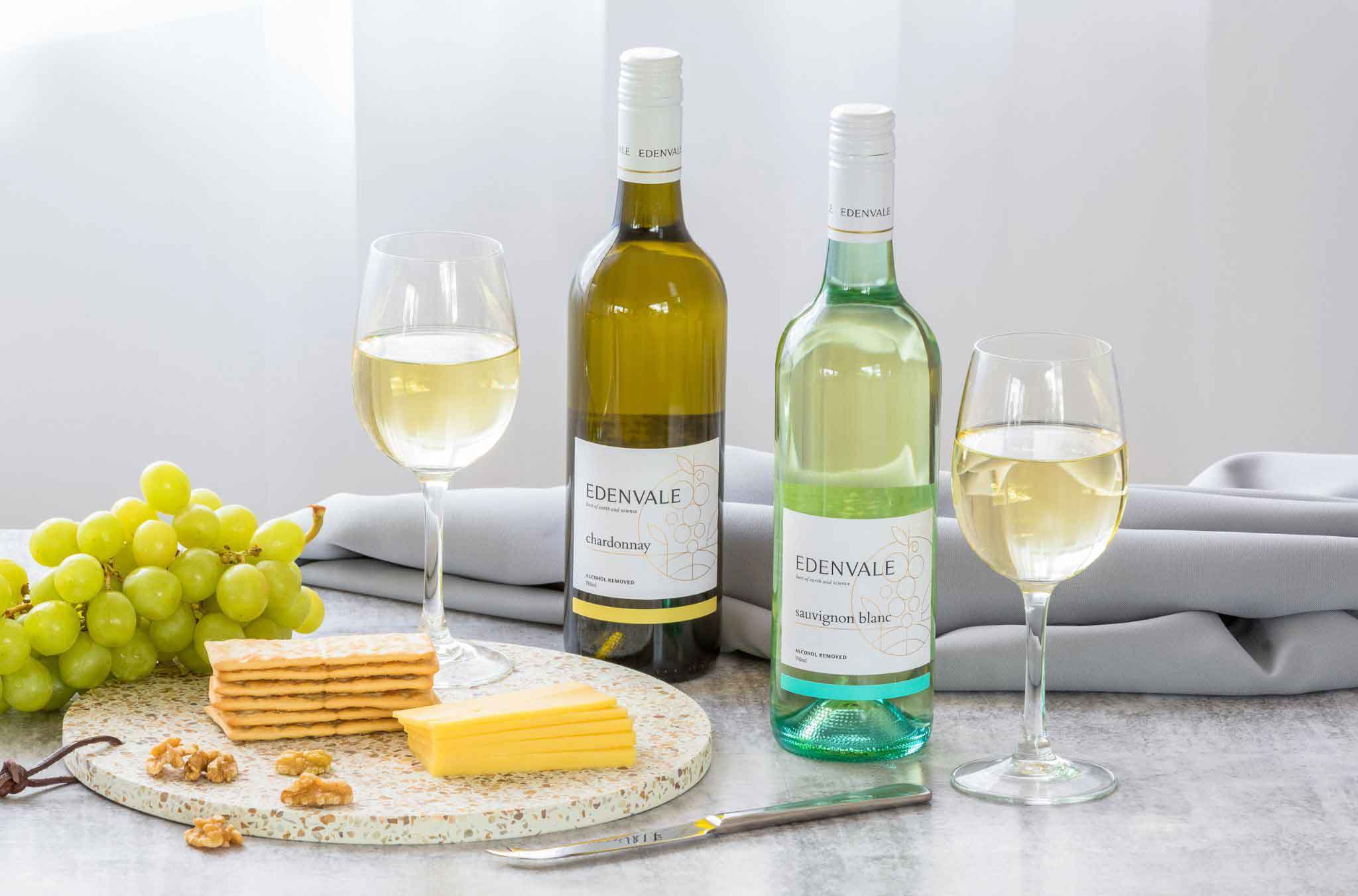
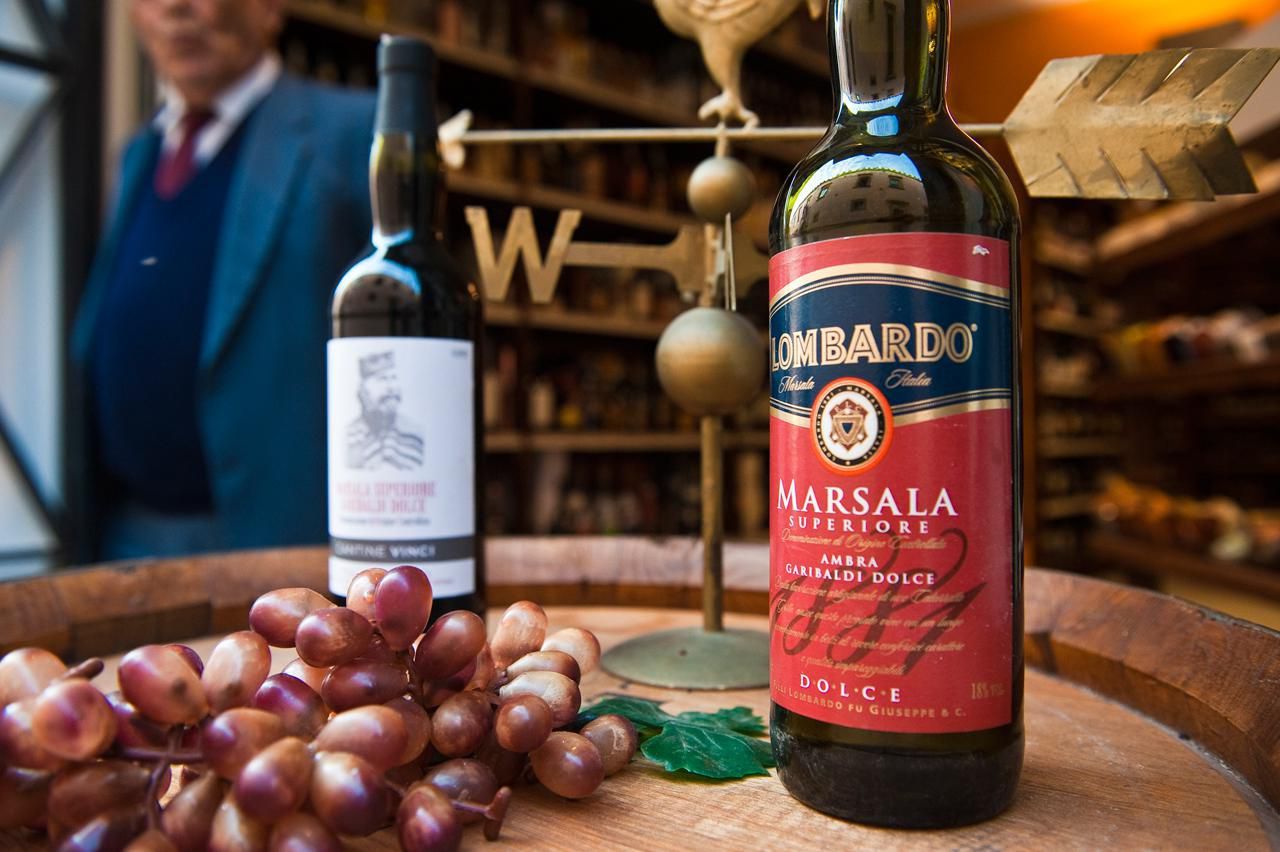
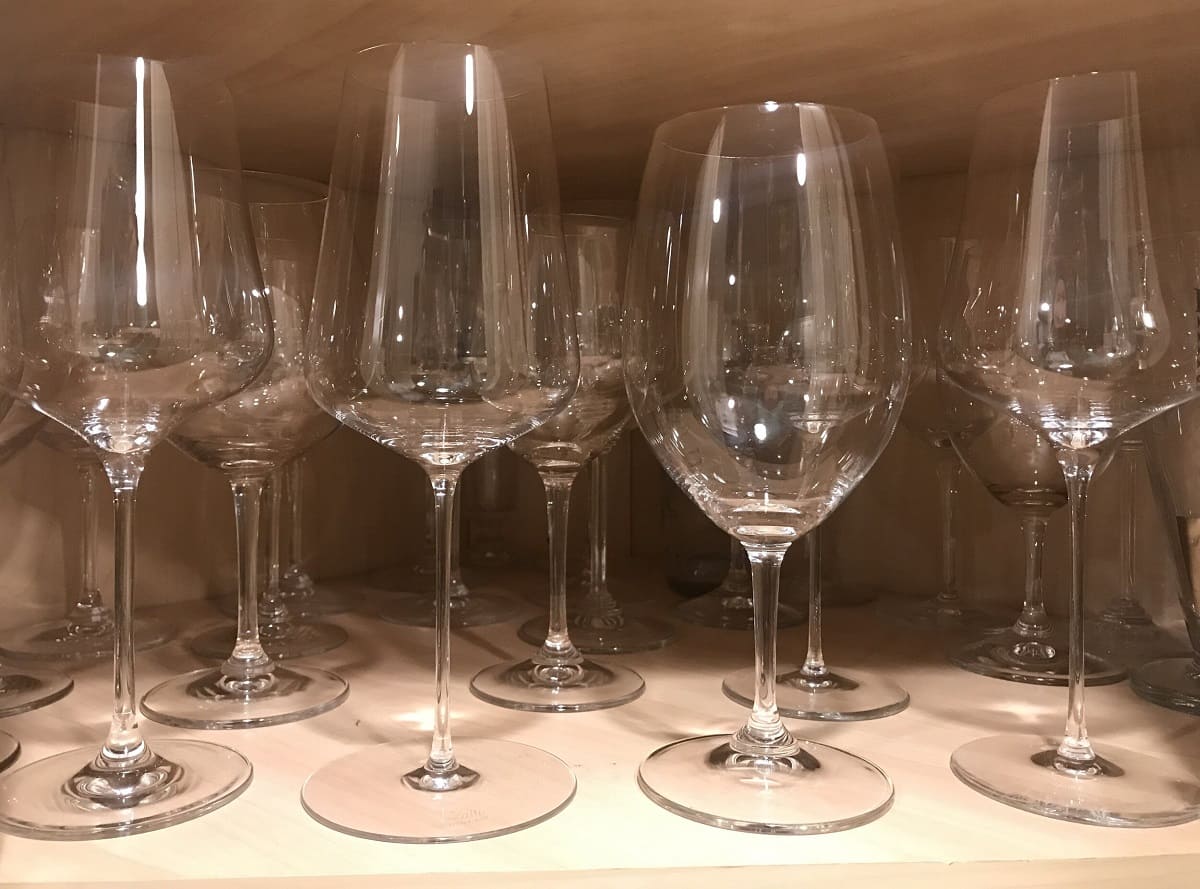
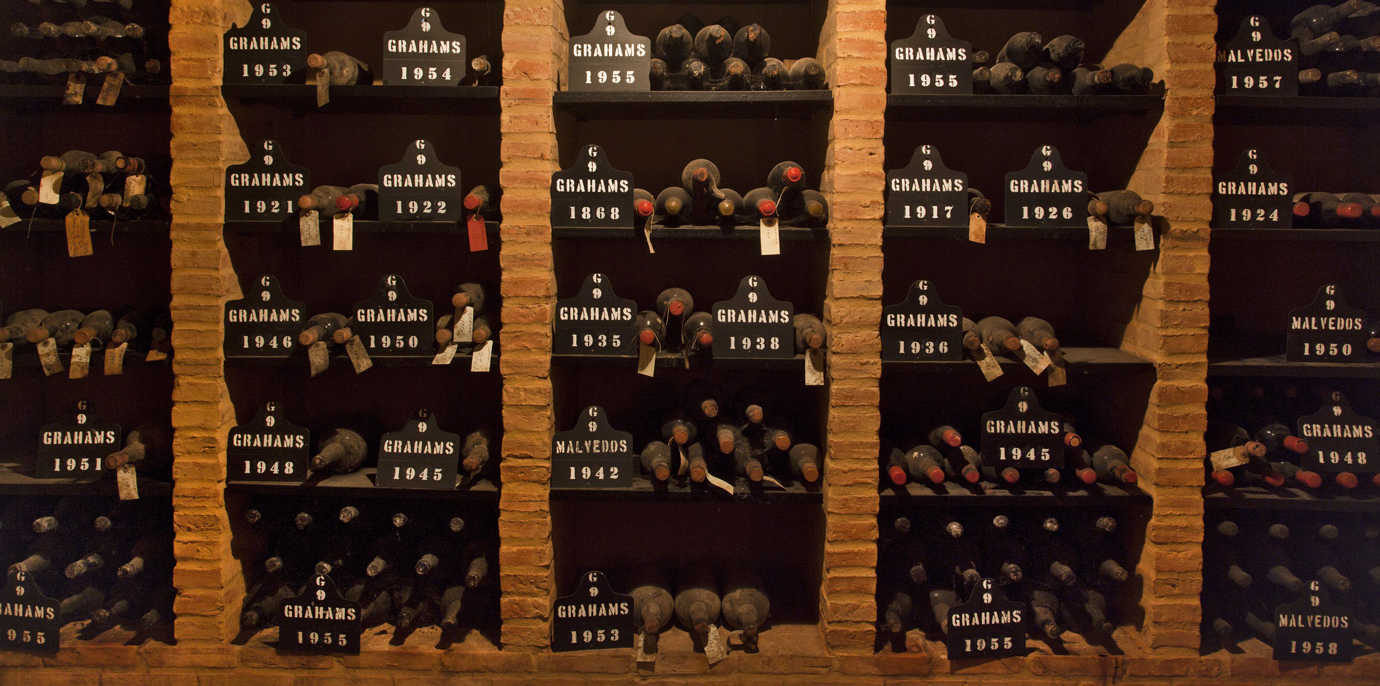

0 thoughts on “How To Store Cooking Wine”